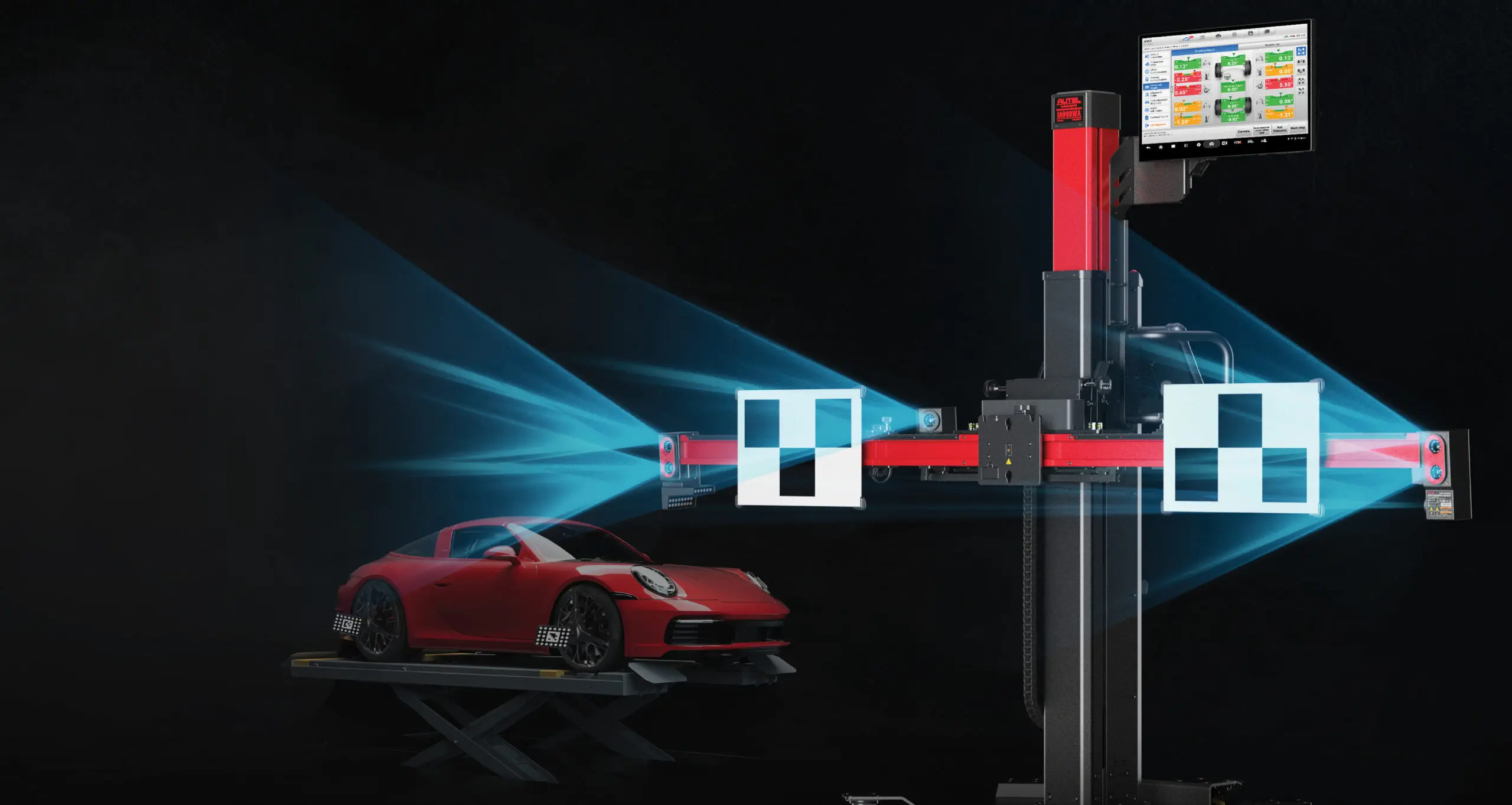The Evolution of Car Design
Tags: aerodynamic design, evolution of car design, technology, vintage car designs

Car design reflects both technological progress and social changes and cultural influences, making it an excellent subject of study.
As pavement became more prevalent during the 1920s, cars gradually transitioned towards longer and sleeker designs with pearlescent paint jobs reminiscent of art deco style and luxurious features such as curved runner boards and fenders adding an air of prestige and luxury.
The 1920s
Parisian coachbuilders like Figoni and Falaschi created automobiles that resembled couture on wheels during the 1920s. These automobiles featured voluptuous shapes with fully skirted front fenders, repeated dramatic speed lines and single person cabins – traits associated with couture fashion.
Postwar optimism and relief inspired car manufacturers to produce cars reeking of luxury. Color and design were major selling points; heaters, balloon tires and independent front suspension made driving safer and simpler than ever before.
The 1930s
In the 1930s, automobile industry took an immense step away from four-square models that had long predominated and toward sleek teardrop-shaped vehicles, due to advances in production technology that allowed more complex forms to be formed with steel presses.
At this time, luxury cars became popular, catering to the wealthy through enamel and inlaid wood designs. Safety regulations also began favoring rounder designs over squared ones to make vehicles safer in case of accidents.
The 1940s
In the 1940s, car design underwent a significant transformation, becoming lower, longer and wider as a result of innovative computer drawing tools that enabled designers to craft curvier shapes that reduced wind resistance while improving fuel efficiency.
Cars were also becoming faster due to advances in engine technology. This gave rise to muscle car design trends which focused on speed and performance, leading to the advent of muscle car designs such as those found today.
The 1950s
Since World War II, car manufacturers in the US have become more confident and aggressive, producing designs with bolder motifs and brighter hues.
Ponton styling–combining features like hoods and headlights into one cohesive form–was popular, creating a fluid appearance that represented confidence and optimism of the time. Tail fins inspired by jet planes also became fashionable. Longer, lower bodies were preferred.
The 1960s
Postwar prosperity was evident in car design; American muscle cars boasting powerful engines and aggressive styling stood out, while European vehicles emphasized efficiency and aerodynamics.
Tail fins became an aesthetic hallmark, inspired by space travel. Safety features like seat belts and padded dashboards were increasingly seen.
The 1970s
Oil embargoes of the early 1970s forced car designers to prioritize affordability above all else, leading them to create affordable pony cars with hard lines reminiscent of European imports.
Rounder shapes and soft curves became increasingly fashionable due to changes in safety regulations that encouraged these styles over more angular ones, leading even today’s MINI Countryman to follow this trend.
The 1980s
The 1980s saw boxy, uninspired cars as consumers pursued safety and fuel efficiency as priorities in car design shifted towards consumer priorities such as time travel. An exception was made, however: DMC DeLorean.
At the same time, technological advances made producing fluid curves easier; fluid lines began appearing again on cars.
The 1990s
This decade saw the introduction of high-end SUVs that revolutionized design and technology, along with soft curvier shapes replacing boxy models seen during the ’80s.
This trend can be explained in part by safety regulations that favoured curvier designs in case of an accident, while technology advanced rapidly; many carmakers offered Bluetooth connectivity and keyless start systems as standard features.
The 2000s
Modernity began on a pragmatic note, as safety concerns took center stage. Car designers quickly adjusted to these new standards by creating vehicles with purposeful yet boxy appearances.
However, the space age era introduced a different style of car design. Futuristic and elegant, these futuristic vehicles marked both an important step in popular culture as well as technological progress for automotive technology.
The 2010s
The 2010s heralded a new era for car design. Led by high-performance luxury SUVs and sleeker, more aerodynamic cars overall, cars became sleeker and more aerodynamic over time. Chrome accents and tailfins became fashionable while infotainment systems improved considerably.
This period also saw the popularity of vinyl car wraps like Plastidip and other designs that feature vibrant liveries, patterns, and designs that add character and individuality to vehicles. Plastidip offers an easy and fun way to personalize any ride!








